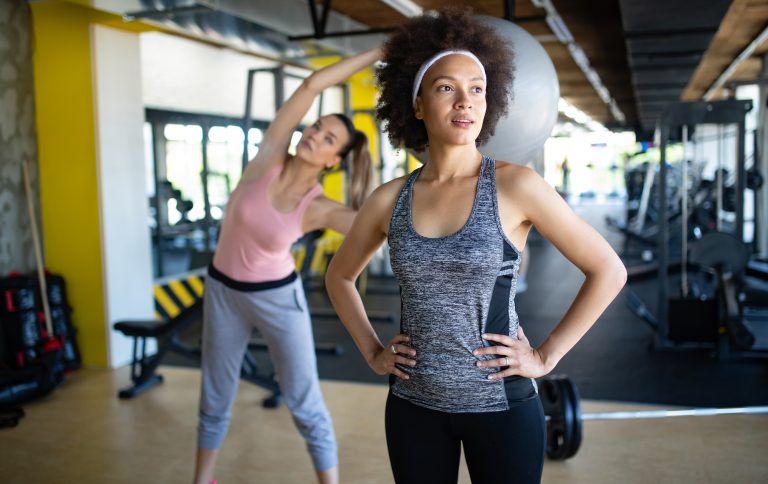There are vocal advocates on both sides of the stretching fence. Some swear by it, others insist stretching does more harm than good. So, to stretch or not to stretch? Here’s what you need to know.
 Fans of stretching offer a list of benefits including:
Fans of stretching offer a list of benefits including:
- Improved flexibility
- Improved balance
- Reduced risk of injury
- Improved blood flow and circulation
- Improved range of motion
In almost direct contrast, opponents of stretching say it may be bad because:
- Stretching has been shown to reduce performance. For example strength and speed are diminished.
- Stretching may also reduce explosive muscular performance.
- Stretching before exercise increases risk of injury.
Further, according to a New York Times article titled, “Reasons Not to Stretch,” a study in The Journal of Strength and Conditioning Research, concluded that if you stretch before you lift weights, you may find yourself feeling weaker and wobblier than you expect during your workout
What to do instead…
Save your stretching until after your workout. You still get the benefits of improved circulation and others, such as reduced soreness and improved flexibility without the risk of injury.
Stretching after your workout or performance can also serve as a sort of present moment awareness exercise that helps you strengthen the connection between mind and body before you continue with your day. In that way it can promote mental sharpness as well as a feeling of calm and confidence.
 What to do before your workout
What to do before your workout
What may be more helpful is a kinder, gentler kind of movement that warms the muscles you intend to use during exercise. So try walking for five minutes before your run. Doing something else that will rely heavily on your legs? Try a few kicks or high knee lifts before you get started. The idea is to get your body moving before you exercise so your muscles are warmed up.
How to stretch
Tight muscles need a little TLC. Pamper them after exercise with a gentle stretch. Just be sure to follow your body’s lead so you don’t overdo it.
- Play fair – if you stretch calves and hamstrings on the right be sure you also stretch them on the left.
- Bouncing is for balls – Move into the stretch and hold at the first sign of resistance (you aren’t trying to hurt yourself by pushing too far). Hold for 30 seconds. Breathe deeply and move further into the stretch, again only until you begin to notice resistance. Hold for 30 seconds or as long as you comfortably can. Avoid bouncing.
Finally, consider a foam roller before you stretch. Foam rollers increase the flow of blood to the muscles, reduce soreness and even speed recovery.


